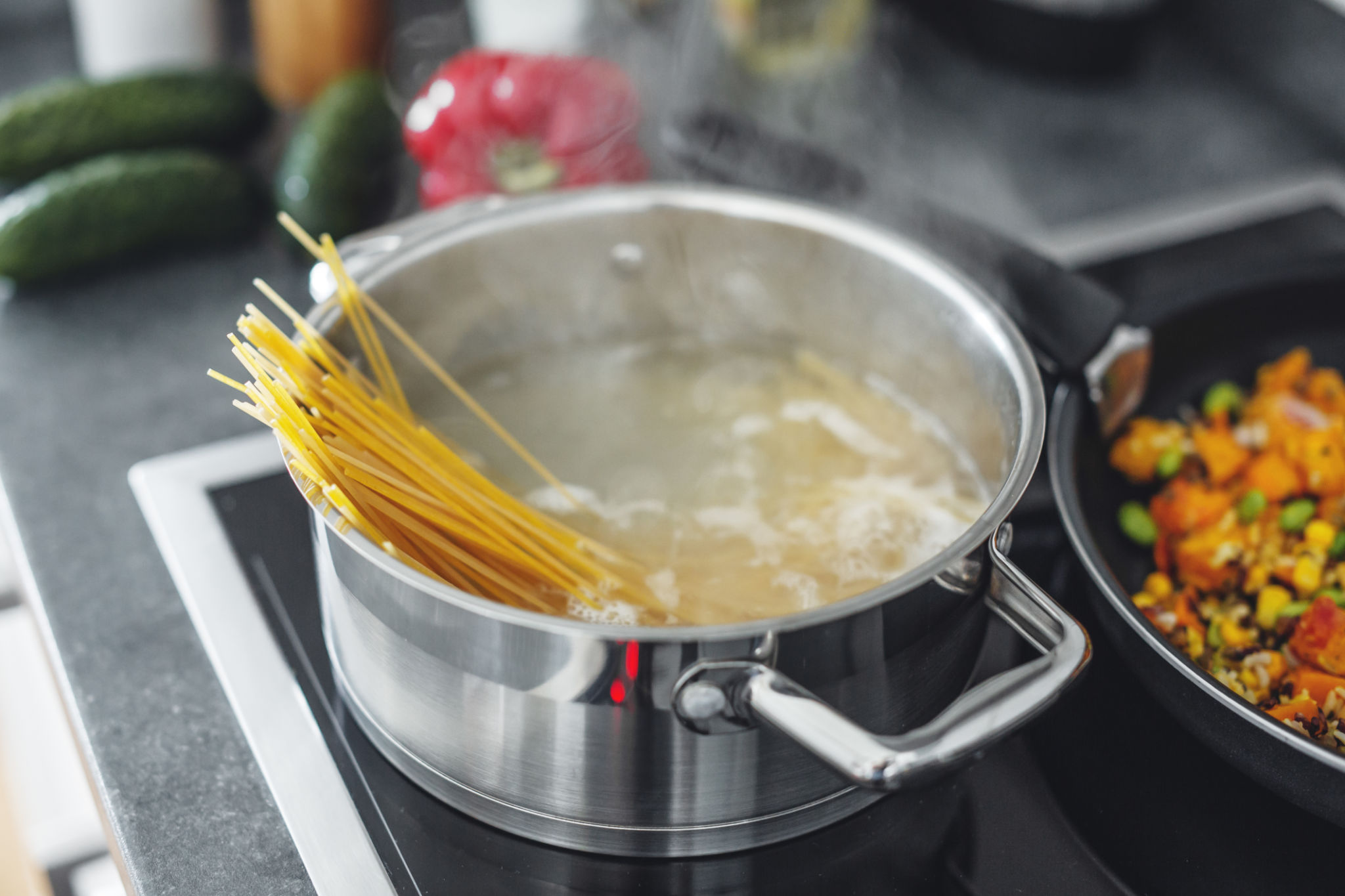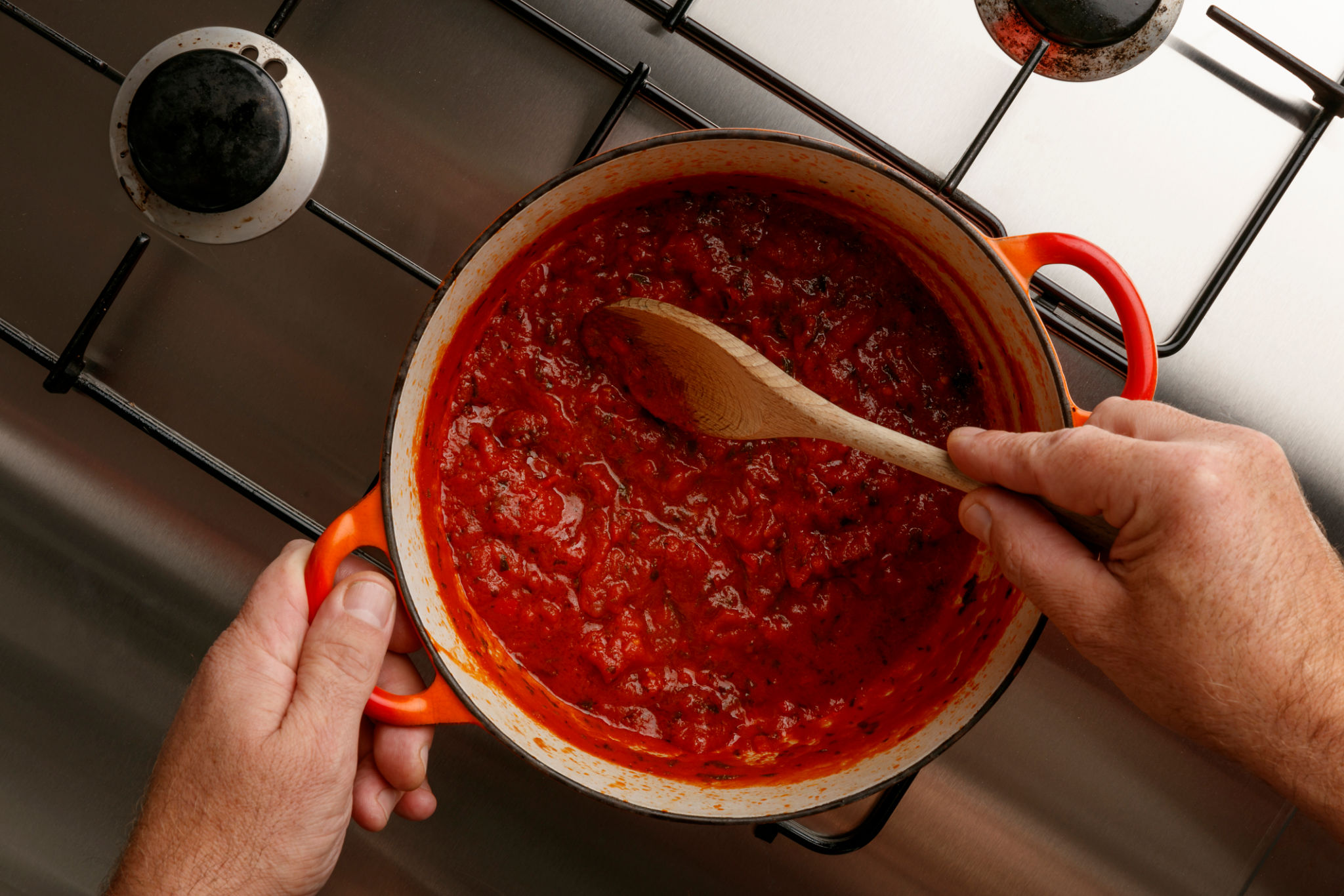Common Pasta Making Mistakes and How to Avoid Them
The Importance of Proper Pasta Dough Consistency
One of the most common mistakes when making pasta is not achieving the right dough consistency. The dough should be smooth and elastic, not too sticky or too dry. A dough that is too sticky will be difficult to work with, while a dry dough can result in crumbly pasta. To avoid this, gradually add water to your flour mixture until you reach the desired consistency.
It's essential to knead the dough thoroughly for at least 10 minutes to develop the gluten, which gives pasta its structure and chewiness. If your dough is still not coming together, let it rest for about 30 minutes. This allows the gluten to relax and makes it easier to work with.

Rolling Out the Dough
Another common mistake is rolling the pasta dough too thick or unevenly. Pasta should be thin enough to cook evenly but not so thin that it tears. Use a pasta machine or a rolling pin to achieve an even thickness. Start by flattening the dough and then gradually roll it out, reducing the thickness setting on your pasta machine as you go.
If you're using a rolling pin, make sure to roll from the center outwards to maintain an even thickness. Dust your work surface and the dough with flour to prevent sticking.
Cooking Pasta Properly
Overcooking or undercooking pasta is a frequent issue. Always follow the cooking time recommended on the package or recipe, and taste-test a piece before draining to ensure it's al dente, meaning it should be firm to the bite. Remember that pasta will continue to cook slightly after being drained, especially if added to a hot sauce.
Another tip is to use a large pot with plenty of water, allowing the pasta to cook evenly and not stick together. Add a generous amount of salt to the boiling water before adding the pasta, as this enhances the flavor.

Avoiding Sticky Pasta
Sticky pasta can ruin a dish by clumping noodles together. To prevent this, stir the pasta occasionally while it cooks and rinse it briefly under cold water after draining if you're not serving it immediately. This stops the cooking process and washes away excess starch that causes sticking.
If you're serving the pasta right away, toss it with a bit of olive oil or sauce immediately after draining to keep it separate and flavorful.
Choosing the Right Sauce
Selecting an inappropriate sauce for your pasta type can affect both texture and taste. Heavier sauces pair well with sturdier pasta shapes like rigatoni, while lighter sauces complement delicate pastas such as angel hair.
Consider the ingredients in your sauce and match them with a suitable pasta shape for optimal results. Experimenting with different combinations can lead to delicious discoveries, but knowing basic pairings ensures a successful meal.
